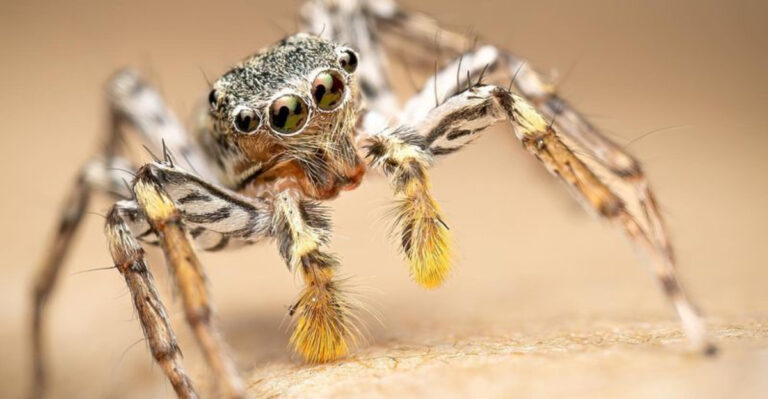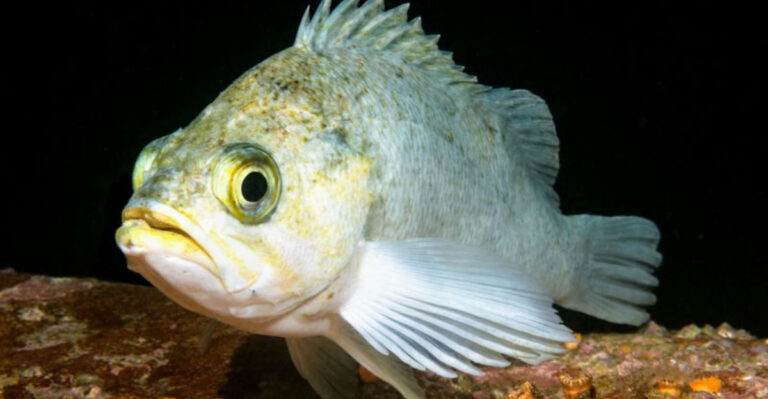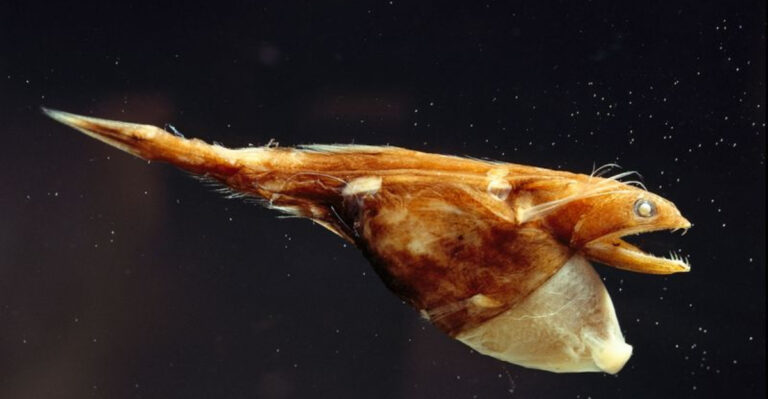Discover 15 Big Cats That Roar Differently Than Lions
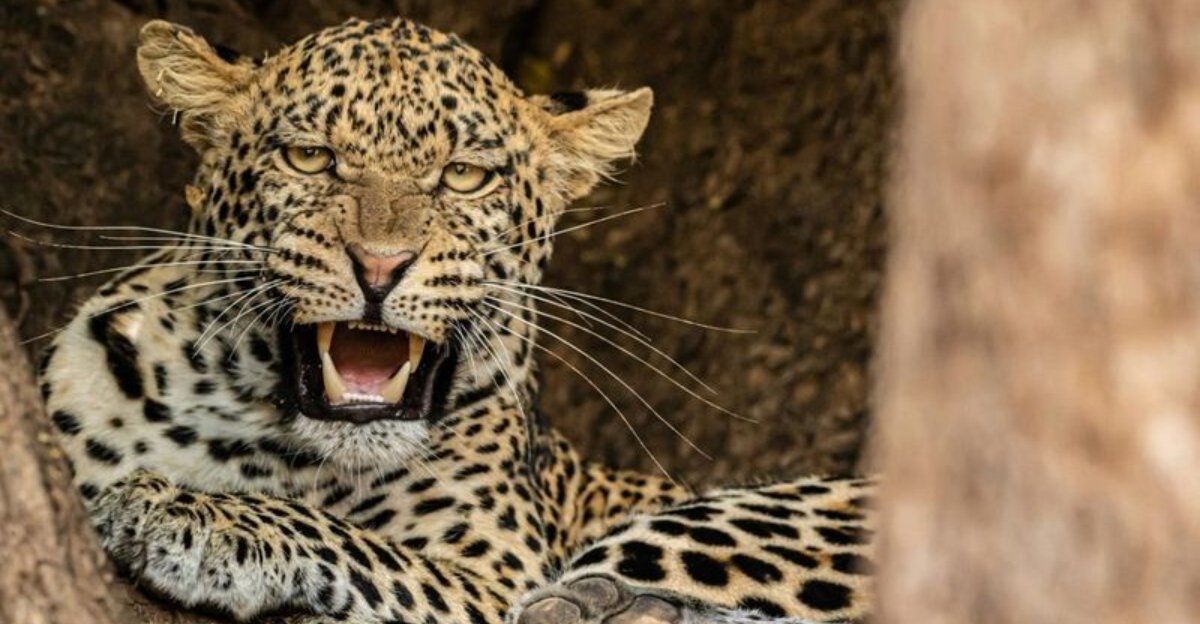
Ever wondered what makes the lion’s roar so famous? While lions get all the glory for their impressive vocal performances, many other big cats have equally fascinating roars and calls.
From deep rumbles to high-pitched screams, the feline world is filled with unique sounds that serve different purposes like marking territory, finding mates, or communicating with family members. Let’s explore these amazing vocal artists of the wild!
1. The Jaguar’s Saw-like Grunt
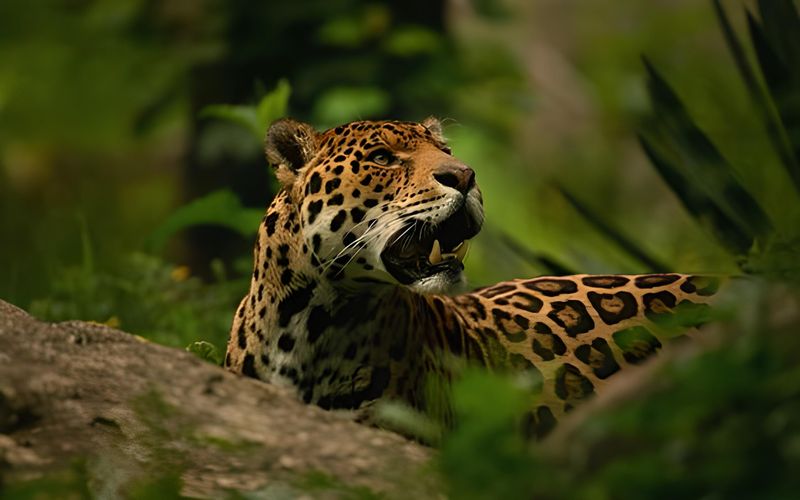
Imagine walking through the Amazon rainforest and hearing what sounds like a giant saw cutting through wood! That’s the jaguar’s signature vocalization.
Unlike the lion’s forward-projecting roar, jaguars produce a series of deep, hoarse grunts that pulse through the dense jungle. These powerful cats can even vocalize while holding prey in their jaws – a truly intimidating sound that freezes smaller animals in their tracks.
2. Tiger’s Frightening Chuffing Sound
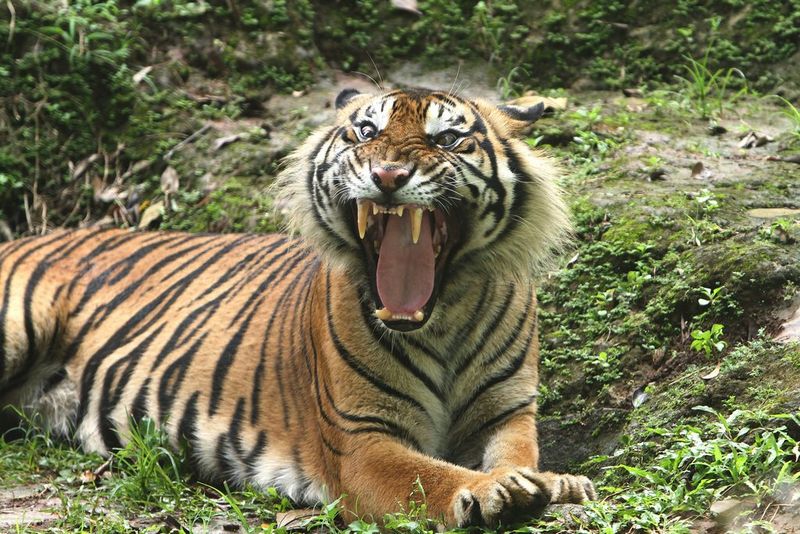
Nothing sends shivers down your spine quite like a tiger’s chuff! This unique non-threatening greeting sounds like a puffing locomotive and is actually a sign of friendliness between tigers.
When truly angry, tigers produce an explosive roar-like sound called a ‘prusten’ that’s lower in pitch than a lion’s roar but travels just as far. These striped giants can also produce infrasound – vibrations so low humans can’t hear them, but other tigers can!
3. Snow Leopard’s Mysterious Purr-Roar
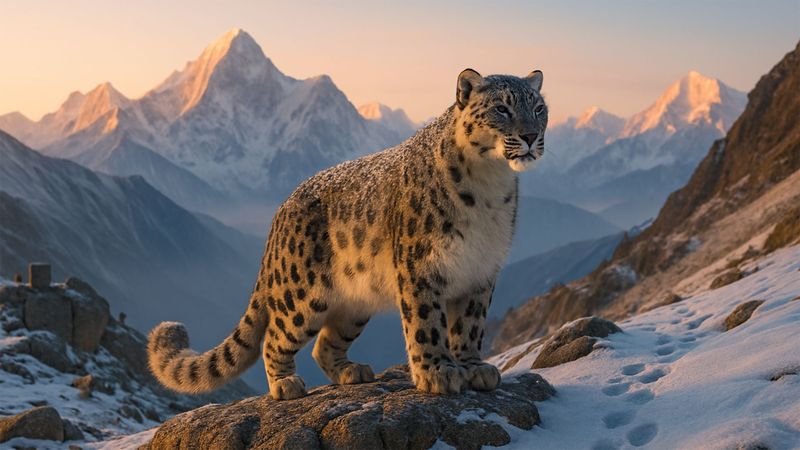
Floating through misty Himalayan peaks comes the rarest big cat sound of all. Snow leopards can’t technically roar due to an unusual throat anatomy!
Instead, these ghost-like mountain dwellers produce a unique purr-roar hybrid that echoes across valleys. They’re also champion communicators through scent and body language. Their vocalizations remain largely mysterious because so few researchers have heard them in the wild – they’re that elusive!
4. Leopard’s Rasping Sawing Call
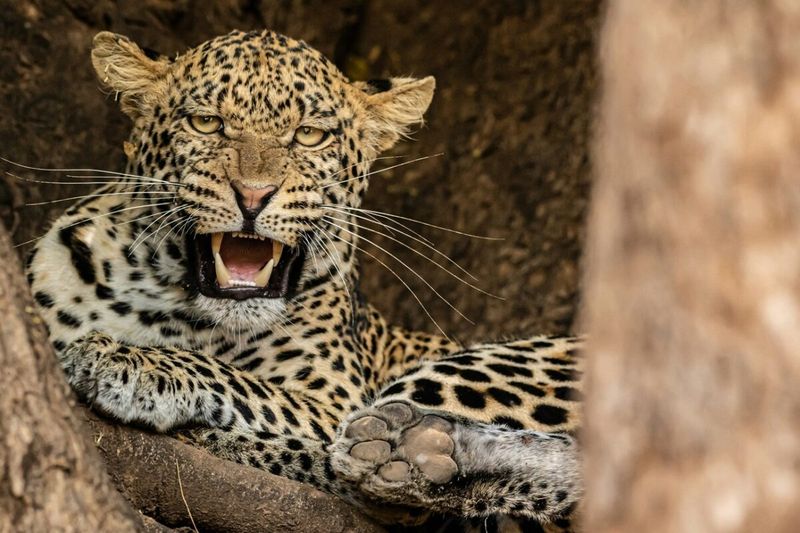
Across African savannas at dusk, a sound like someone repeatedly sawing wood echoes through the trees. Local guides call it the leopard’s ‘sawing call’ – a series of harsh, rasping coughs.
Female leopards use this distinctive sound to announce territorial boundaries or attract mates. Unlike lions who roar from the chest, leopards produce this sawing noise by pushing air through a partially closed larynx. The sound carries remarkably well through forests, helping these solitary hunters find each other.
5. Clouded Leopard’s Bird-like Tweets
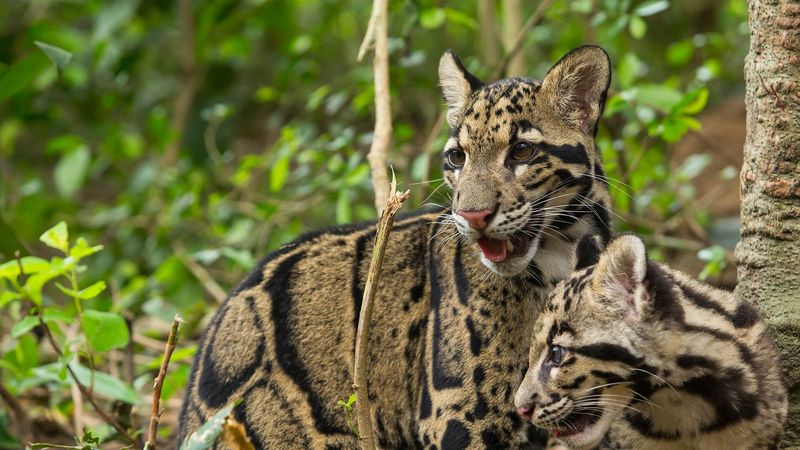
Would you believe a wild cat could sound like your backyard birds? The clouded leopard breaks all big cat stereotypes with its high-pitched chirping and twittering sounds!
Native to Asian forests, these medium-sized cats can’t roar at all. Instead, they communicate through an astonishing range of bird-like calls that help them stay hidden in dense jungles. Their specialized throat structure produces these unusual sounds that completely contradict their fierce appearance.
6. Cheetah’s Distinctive Chirping
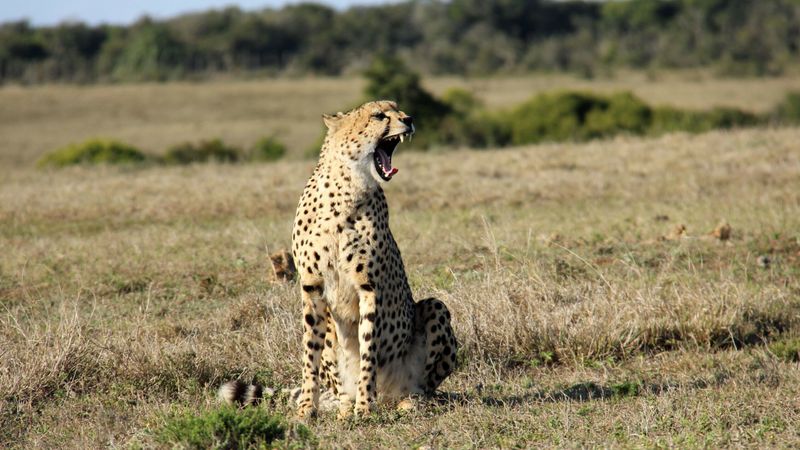
Racing across the plains at 70 mph isn’t the cheetah’s only impressive trick. These speed demons communicate with bird-like chirps and high-pitched yelps that sound nothing like typical cat noises!
Mother cheetahs use special chirps to gather their cubs, while males chirp to locate females. Their unique vocal cords can’t produce deep roars like lions, but their chirps can carry for over a mile across open grasslands. Some cheetah sounds are so high-pitched that human ears barely register them.
7. Puma’s Eerie Screams
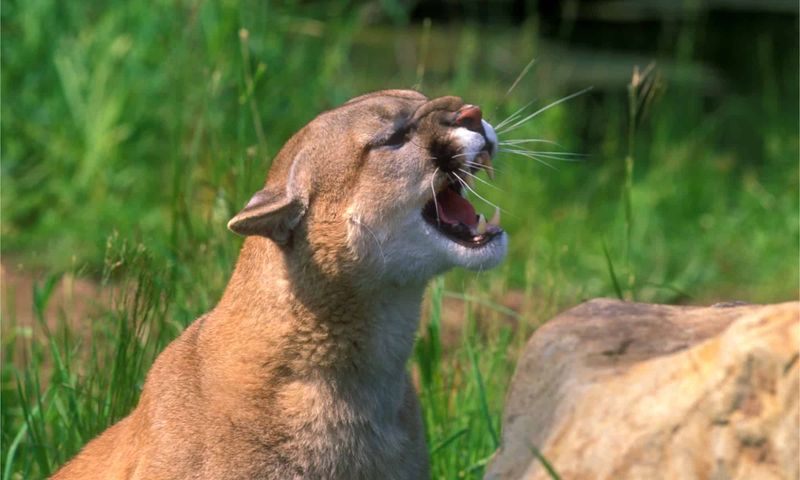
Hikers in North American mountains sometimes freeze at what sounds like a woman screaming in the distance. No need to call search and rescue – it’s just a puma looking for love!
Also called mountain lions or cougars, these cats can’t roar due to their throat anatomy. Instead, they produce blood-curdling screams during mating season that echo for miles. Female pumas also make unique chirping sounds to communicate with their kittens while teaching them hunting skills.
8. Eurasian Lynx’s Haunting Wails
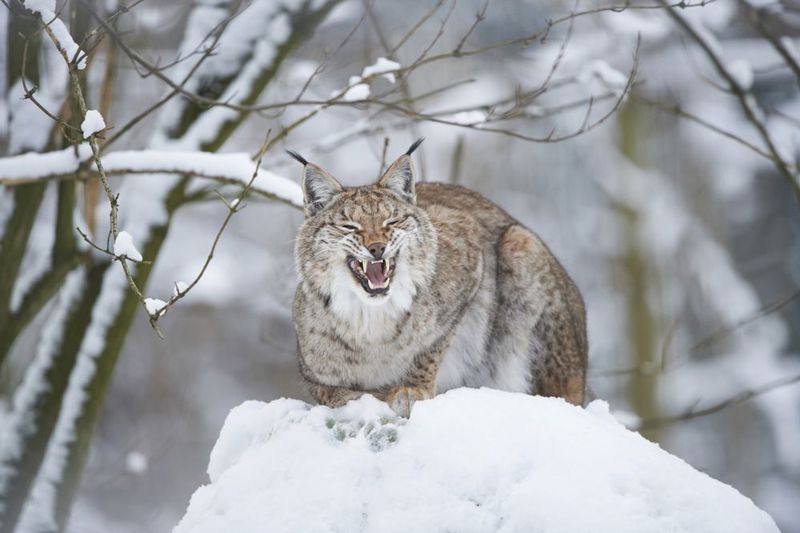
Deep in snowy European forests, an otherworldly sound stops hikers in their tracks. The Eurasian lynx’s mating call resembles a supernatural wail that seems to come from everywhere and nowhere at once!
These tufted-eared cats produce vocalizations that bounce off trees and snow, making them nearly impossible to locate. Unlike the lion’s territorial roar, lynx calls are primarily for finding mates during the brief winter breeding season. Their specialized ear tufts may actually help them detect the subtle echoes of other lynx calls.
9. Caracal’s Hissing Barks
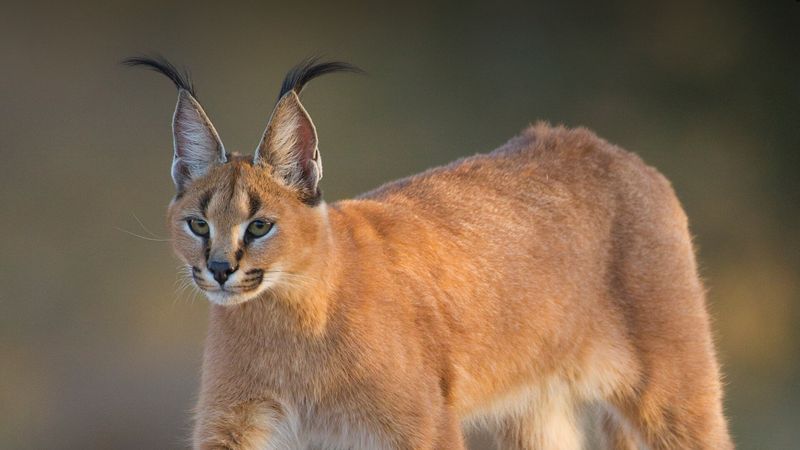
Beneath starlit desert skies, a sound like an angry goose mixed with a dog bark signals the presence of the elegant caracal. These medium-sized cats with distinctive ear tufts have a vocal repertoire that defies categorization!
Caracals communicate through a series of barks, hisses, and purrs that sound nothing like lion roars. When threatened, they produce a remarkable spitting bark that seems impossibly loud for their size. These desert specialists use their unique calls for territory marking in environments where sound travels extremely well.
10. Serval’s Bizarre Chirp-Growl
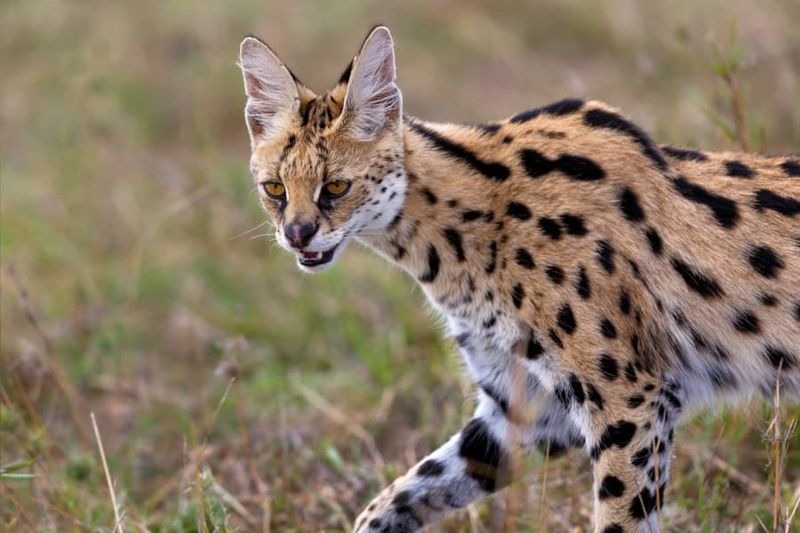
Across African grasslands, a sound like a bird being strangled by a dog reveals the presence of the elegant serval. These spotted high-jumpers have perhaps the most unusual vocalization in the cat family!
Servals combine chirps, purrs, and growls into a single sound that changes pitch mid-call. Their extraordinarily long necks and specialized vocal anatomy create this distinctive sound. Mother servals use a softer version to communicate with kittens, while males produce louder variations during territorial disputes.
11. Fishing Cat’s Underwater Mumbles
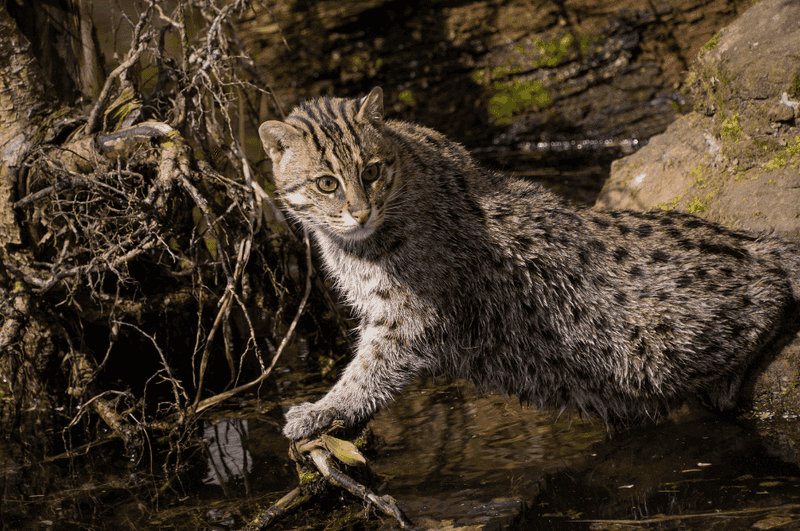
Along Asian wetlands, strange gurgling sounds reveal the presence of the semi-aquatic fishing cat. These water-loving felines have developed vocalizations that work both above and below the water’s surface!
Fishing cats produce low-frequency mumbles that travel efficiently through water, helping them coordinate hunting or avoid territorial conflicts while swimming. Unlike lions who roar to advertise territory, fishing cats keep their unusual sounds relatively quiet – perfect for their stealthy hunting lifestyle. Their calls often include bubbling elements that no other cats produce.
12. Ocelot’s Ventriloquist Meows
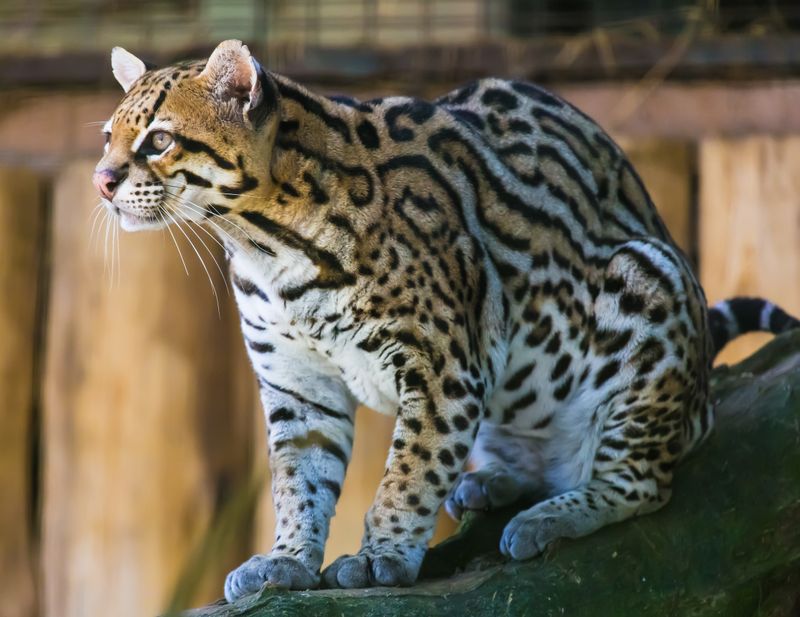
Wandering through Central American jungles at night, you might hear what sounds like a house cat meowing from multiple directions simultaneously. Meet the ocelot – master of vocal deception!
These beautifully spotted cats have evolved a unique ability to project their vocalizations, making them seem to come from different locations. This ventriloquist-like skill helps protect them from larger predators while still allowing communication with other ocelots. Their repertoire includes over 12 distinct calls, from soft meows to sharp barks.
13. Flat-headed Cat’s Underwater Clicks
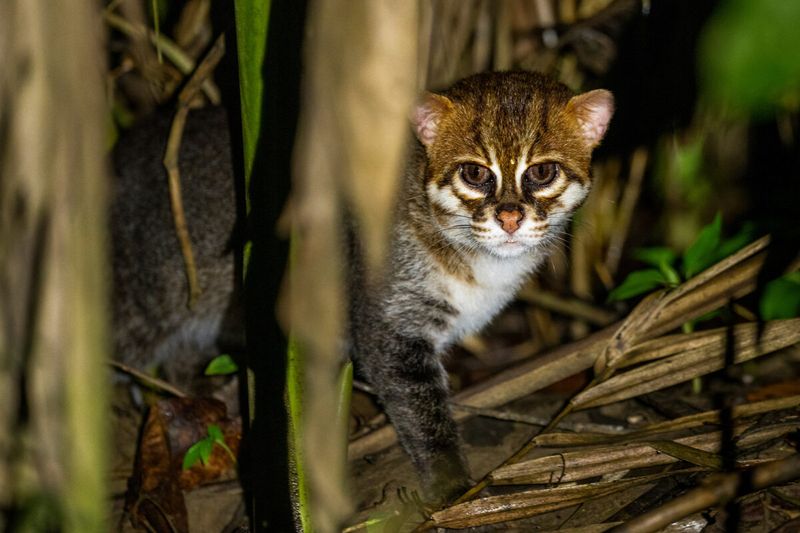
Lurking in Southeast Asian swamps is perhaps the strangest-sounding cat on Earth. The rare flat-headed cat produces clicking sounds underwater that resemble dolphin echolocation!
These specialized fishing cats have evolved vocalizations that help them locate prey beneath murky waters. Their flattened head shape may actually amplify these clicking sounds underwater. Unlike the lion’s air-intensive roar, flat-headed cats can produce their unique clicks while holding their breath – a truly remarkable adaptation for their semi-aquatic lifestyle.
14. Marbled Cat’s Monkey-like Chatters
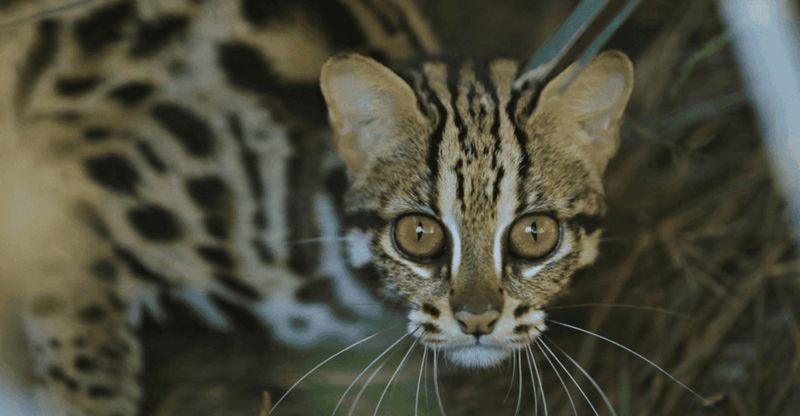
High in Southeast Asian forest canopies lives a cat that sounds more like a monkey! The marbled cat’s vocalizations include rapid chattering sounds remarkably similar to primates sharing their treetop home.
Scientists believe this vocal mimicry helps these small cats hunt more effectively by not alarming potential prey. Their arboreal lifestyle has shaped not just their amazing climbing abilities but their vocal repertoire too. Unlike ground-dwelling cats that roar to claim territory, marbled cats use their monkey-like sounds for close communication in dense forests.
15. Margay’s Infant Monkey Imitation
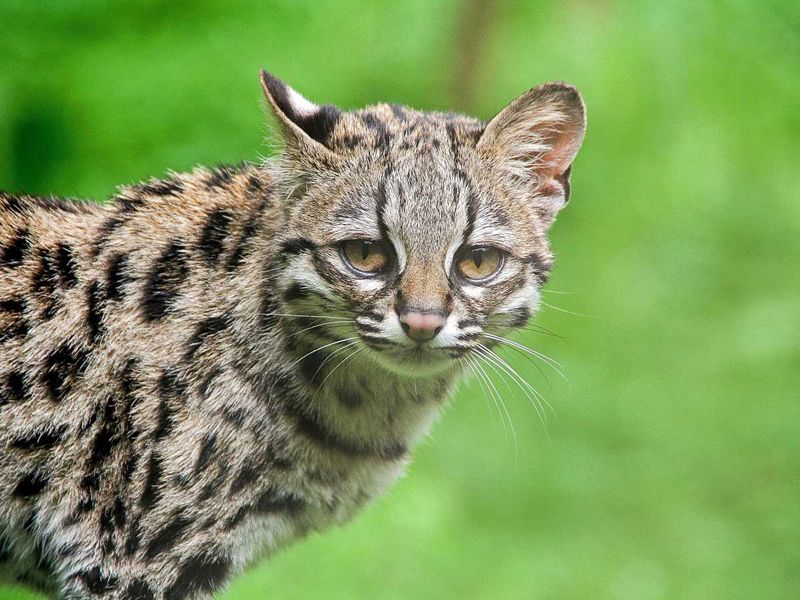
Deep in Amazon rainforests, a sound like a baby monkey in distress might actually be a clever cat hunting trick! The margay has evolved the extraordinary ability to mimic the sounds of baby monkeys.
These small spotted cats use this vocal deception to lure curious adult monkeys within pouncing range. It’s one of the few documented cases of predator mimicry in mammals! While lions use their roars to advertise strength, margays use their vocal talents for stealth and trickery – proof that in the cat world, bigger isn’t always better.

